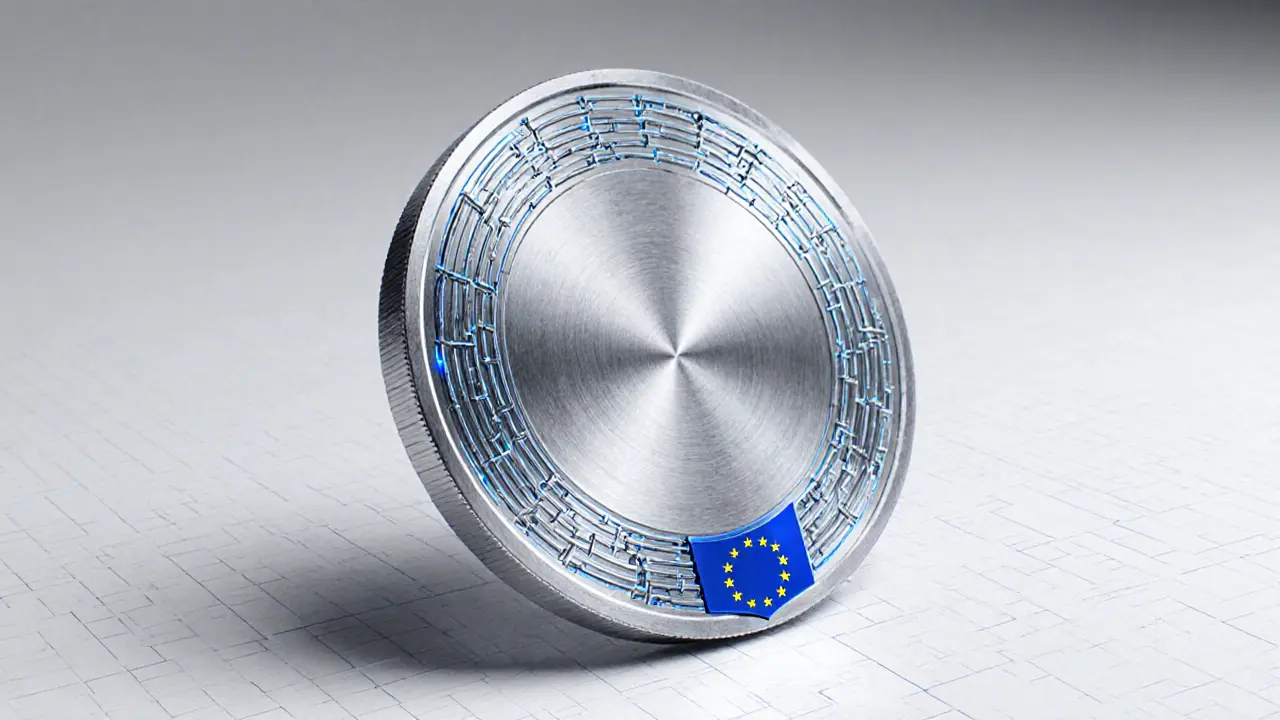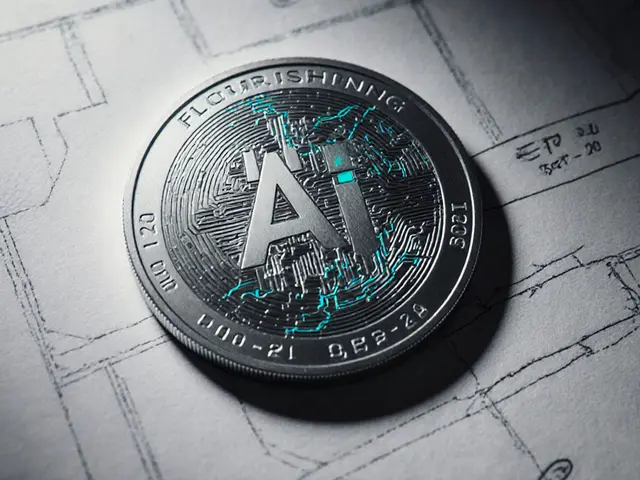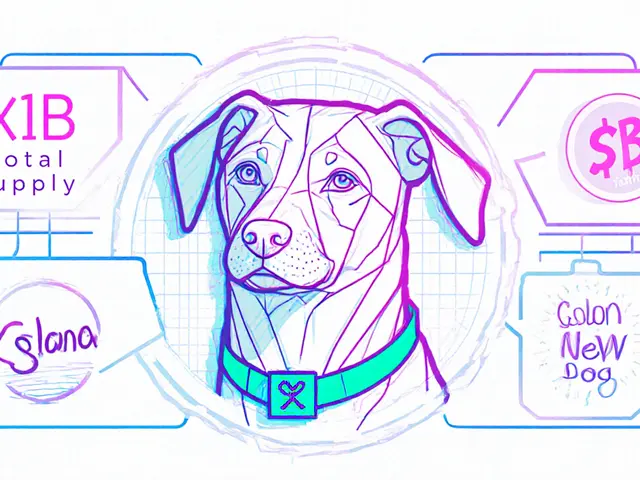EU Crypto Regulation: The Complete Guide
When talking about EU crypto regulation, the set of rules the European Union has adopted to govern digital assets, token offerings, and crypto‑service providers. Also known as European Union crypto rules, it aims to protect consumers, ensure market integrity, and curb illicit finance.
One of the biggest building blocks of this framework is MiCA, the Markets in Crypto‑Assets Regulation that standardises token classification, white‑paper disclosure, and stablecoin oversight across the bloc. MiCA requires issuers to follow a clear prospectus process and forces stablecoin providers to hold reserve assets. Another crucial player is the European Securities and Markets Authority (ESMA), the EU supervisory body that monitors compliance, grants exemptions, and can impose sanctions on non‑compliant firms. Together with the European Central Bank (ECB), which oversees monetary stability and can influence regulatory stances on crypto‑payments, these entities form the enforcement backbone.
Key Pillars of EU Crypto Regulation
The EU framework revolves around three core pillars. First, licensing – crypto‑asset service providers must obtain a passport‑type license that works throughout the EU, simplifying cross‑border operations but demanding strict capital and governance standards. Second, anti‑money‑laundering (AML) compliance – under the Fifth Anti‑Money‑Laundering Directive, firms must verify customer identities, monitor transactions, and report suspicious activity to national FIUs. Third, consumer protection – token issuers must provide clear risk warnings, ensure that marketing is not misleading, and maintain restitution mechanisms for failed projects.
These pillars interlock: licensing cannot be granted without proof of AML procedures, and consumer protection clauses are enforced by ESMA through regular audits. The result is a tightly woven system where each rule influences the others, creating a predictable environment for legitimate players while squeezing out shady operators.
In practice, the impact shows up in daily operations. Exchanges like Kraken or Binance must tailor their onboarding flows to meet EU KYC standards, adjust fee structures to comply with MiCA’s cap on stablecoin fees, and maintain a dedicated compliance team to file periodic reports. Token projects seeking to raise funds in Europe need to publish a detailed white‑paper that addresses token classification, governance rights, and reserve backing for any stablecoin component. Even DeFi platforms are not exempt – they must demonstrate that their smart contracts do not facilitate money‑laundering and that users retain clear rights to withdraw assets.
For investors, the regulation translates to greater transparency and lower risk of sudden shutdowns. Markets become more liquid as cross‑border licensing removes the need for multiple local entities, and the standardised disclosure helps compare projects on an apples‑to‑apples basis. At the same time, the rules raise the bar for compliance costs, meaning smaller startups may face higher entry hurdles.
Below you’ll find a curated set of articles that break down each aspect of the EU crypto regulation landscape. From deep dives on MiCA’s token classification to step‑by‑step guides on securing an EU‑wide license, the collection equips you with the practical knowledge you need to navigate the evolving European crypto space.
EU Stablecoin Restrictions 2025: How MiCA Impacts USDT & Other Tokens
Learn how MiCA's EU stablecoin restrictions affect USDT and other tokens, what CASPs must do, and how to stay compliant in 2025.
View More




